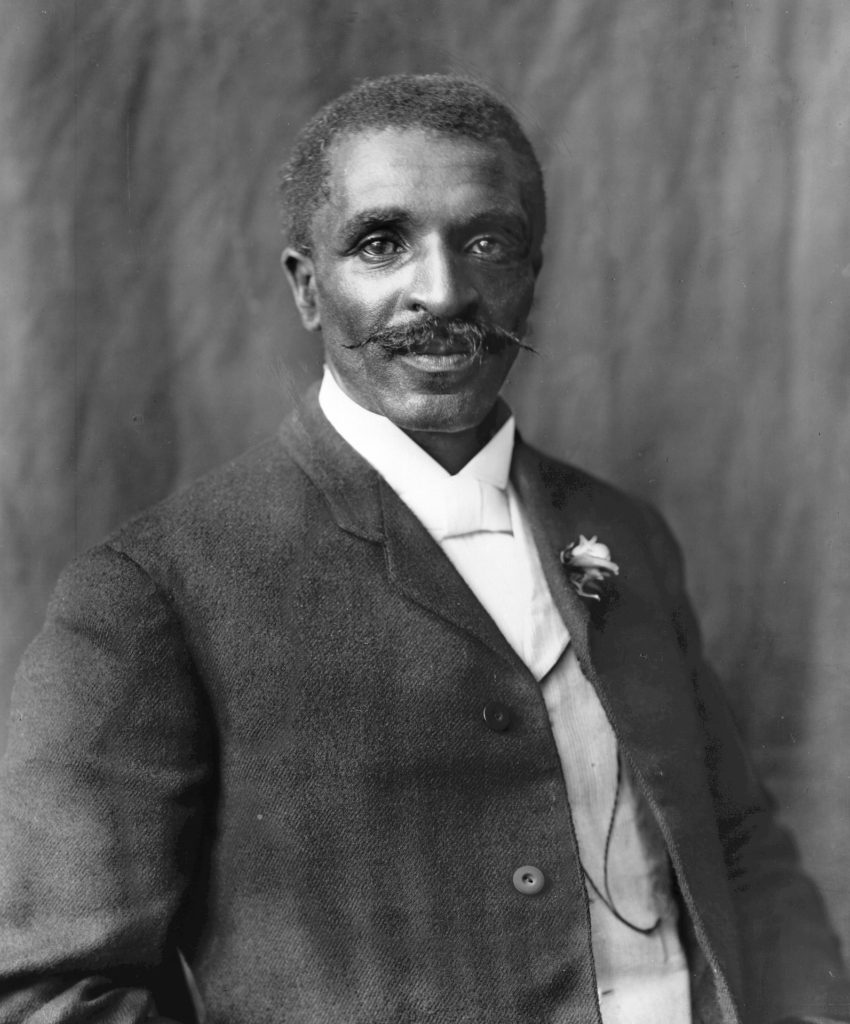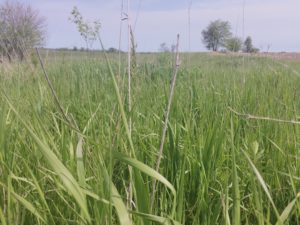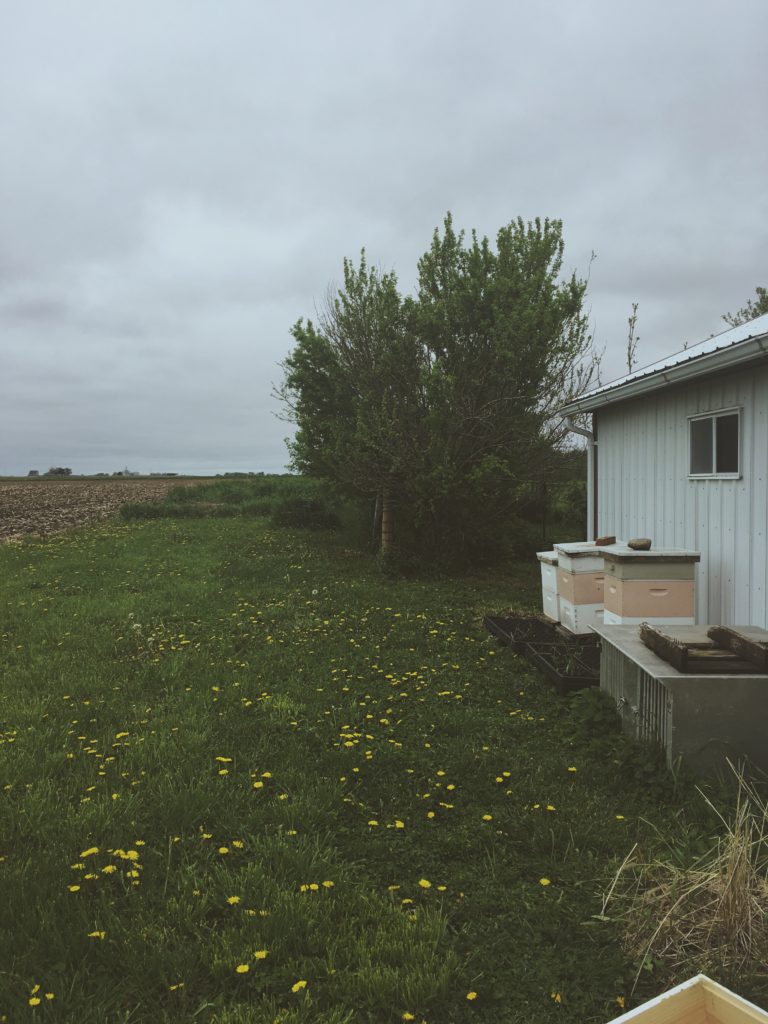I want to start with the end of the day.
I am truly infatuated with the sky. At home in South Carolina I admire how the bright white light of the sun illuminates the dark sky and fills it with oranges and pinks. I also wonder how the green leaves of the trees seem to pair effortlessly with the light blue afternoon sky. Here in Coon Rapids, Iowa I got to see the ultimate beauty of the evening sky. Never have I seen such tremendously bright colors light up the sky. There were fierce oranges paired with vibrant pinks all being topped off with a soft purple hue only to introduce the dark clouded blue sky.
There will never really be words to describe the beauty I experienced today. I was truly overwhelmed and it was great to just let go of apprehensions and let them fade just as quickly as the colors in the sky did today.
It’s more than a little sad to think that so many people have overpowered all the grace and beauty of the Iowa landscape with huge fields of agriculture. Very seldom has there been balance. Either there is not enough environmental conservation or there is not enough farming. Where is balance? One place to find it is at the White Rock Conservancy. While there are fields of green and natural landscape there is also fields designated for crops. At the conservancy they perform the conservation reserve practices such as the restoration of Prairies like mentioned in a previous blog. There is so much to admire here the vast amounts of fields for grazing cows, the RV camp sights for travelers, the work to restore ecosystems like Oak Savanna (forests that leave room for smaller plants like diverse groups of grasses.). It probably also helps that all of this sits on 6000 acres of land.
It is unfair to judge the entirety of state off a single location, but the bigger picture is, Iowa has a unique geological history and the lasting affects of that history is the beauty of the land. At the end of day, the land is being exploited by the greed of profit and productivity. From my perspective it seems outrageously unfair to not only violently take land from native peoples and to turn around and destroy it by means of monopolizing the planting of two main crops, chemical technology, by planting nearly every inch of the state. Big agriculture is destroying the land and the people. We need more time for sunsets. We need more appreciation for the beauty. We need more respect for the practice of agriculture.
I hear all the time farming is a family tradition and the art of farming is dying. Treat the practice, the lifestyle like the fine art that it is, and make people appreciate the beauty of farming.




